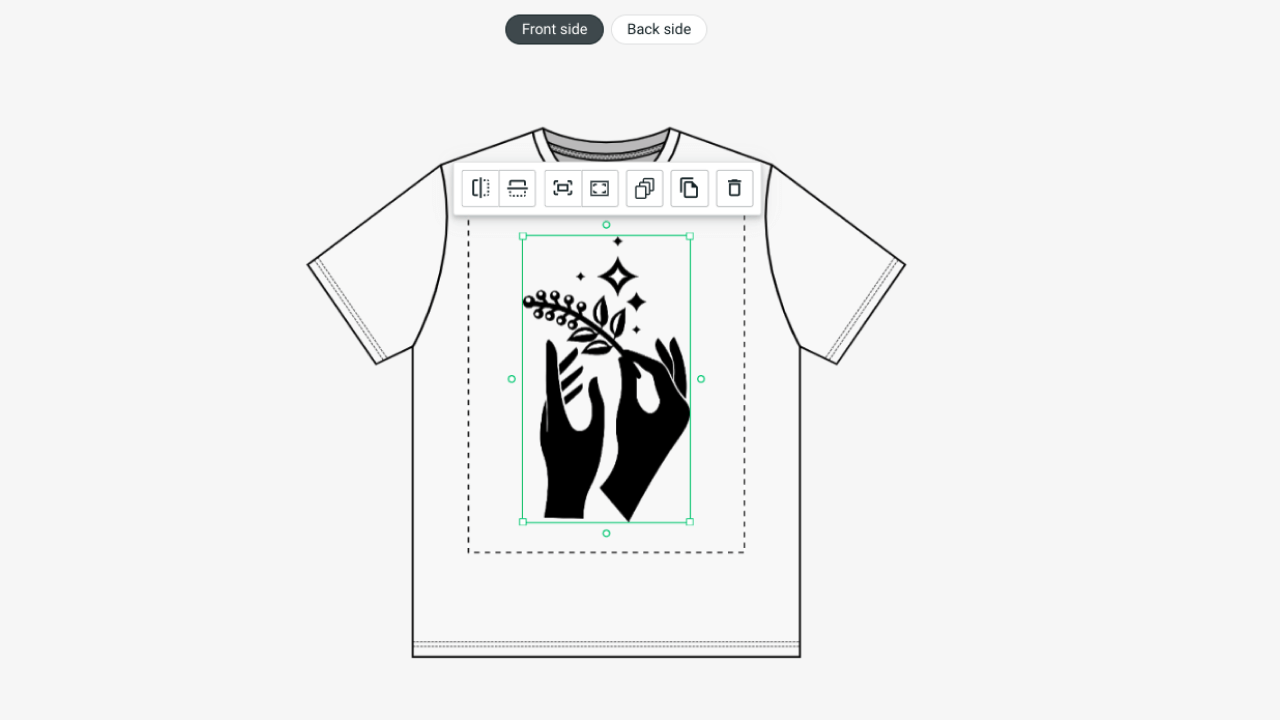1. Understanding Your Market
Before you can launch your Clothing brand, it’s crucial to understand the market you’re entering. Conduct thorough research to identify your target audience, their preferences, and the trends that are shaping their choices. This knowledge will guide you in creating a brand that resonates with your potential customers.

2. Defining Your Brand Identity
A strong brand identity is the cornerstone of any successful clothing brand. This includes your brand’s name, logo, and overall aesthetic. Your brand identity should reflect your values and the unique selling proposition that sets you apart from the competition.

3. Designing Your Clothing Line
With a clear understanding of your market and a strong brand identity in place, it’s time to design your clothing line. This involves creating a collection that not only aligns with your brand’s ethos but also appeals to your target audience. Consider factors such as style, fabric, and pricing when making your designs.

4. Sourcing Materials and Manufacturers
Finding the right materials and manufacturers is essential for the quality and sustainability of your clothing brand. Research and select suppliers who share your values and can provide the quality you need at a competitive price.

5. Building an Online Presence
In today’s digital age, having a strong online presence is vital for any clothing brand. Create a visually appealing website and engage with your audience on social media platforms. Utilize e-commerce platforms to sell your products and make it easy for customers to find and purchase your clothing.

6. Marketing and Promotion
A well-executed marketing strategy is key to getting your brand noticed. Use a mix of digital marketing tactics, including social media advertising, email marketing, and influencer partnerships, to reach your target audience and build brand awareness.
7. Managing Inventory and Logistics
Efficient inventory management and logistics are crucial for the smooth operation of your clothing brand. Implement systems to track inventory levels, sales, and deliveries to ensure that you can meet customer demand without overstocking.
8. Customer Service and Feedback
Providing excellent customer service and being open to customer feedback are essential for building a loyal customer base. Respond promptly to inquiries and complaints, and use customer feedback to improve your products and services.
9. Legal Considerations
Ensure that your clothing brand complies with all relevant laws and regulations, including those related to business registration, intellectual property, and labor. Consult with legal professionals to avoid potential legal issues.
10. Continuous Improvement and Growth
Finally, remember that launching your clothing brand is just the beginning. Continuously seek ways to improve your products, processes, and marketing strategies. Stay adaptable and open to change as you grow your brand in the ever-evolving fashion industry.







The article’s focus on building an online presence is spot-on. In today’s digital world, having a strong online platform is non-negotiable. The visual examples provided are also very helpful in understanding what a successful online presence looks like.
The article’s advice on managing inventory and logistics is practical and essential. Overstocking can be a huge financial burden, and the tips provided here are very useful for avoiding that pitfall.
As someone who has always been interested in fashion but never knew where to start, this article has given me the confidence to pursue my dream of launching a clothing brand. The practical advice on marketing and promotion is especially valuable.
I love how the article emphasizes the importance of continuous improvement. In the fast-paced world of fashion, staying adaptable and open to change is essential for long-term success.
The article’s focus on continuous improvement and growth is inspiring. It’s a great reminder that launching a brand is just the beginning and that there’s always room for growth and development.